Faucet classification can be pretty diverse. But one of the aspects you are going to look out for is whether to choose a single handle or a double handle model. Both models have the same function, which is to control the flow of water. However, there are different functional variations, and that explains the importance of the single-handle vs. the double-handle faucet debate.
While this may be as simple as choosing the best kitchen faucet or bathroom faucet in the market, a mistake may be quite costly. Making the right choice depends on the size of your sink or washbasin and the level of convenience you intend to enjoy.
Of course, this consideration is more vital when you decide to purchase fully manual options. Unlike touch-activated and touchless models, these types fully depend on manual handles for operation and control.
Let us delve deeper into the debate.
Single-Handle Faucets
Single handle or one handle kitchen faucets, like their name suggests, only come with one control handle. They are single cohesive units that consist of a faucet and a handle. It is through this handle that you can start and end your water flow. Also, this handle controls the different flow settings or water streams you can get and the temperatures. Such an operation mechanism has both advantages and disadvantages.
Notably, some single-handle faucets have pullout and pulldown spray nozzles. These additions deliver more convenience to any modern kitchen. It features a single-line attachment that is responsible for producing both cold and hot water.
One-handle faucets are perfect for kitchens or bathrooms with small sinks or basins, respectively. They take up incredibly small spaces while still bringing to your kitchen the convenience that comes with a functional faucet.
How to Install Single Handle Kitchen Faucets
Although the concept behind installing sink faucets is the same for both single handle and double handle models, a few differences still exist. Notably, single-handle faucets have a single line, making it necessary to only have one hole for installation. But for sink tops with more holes, you can cover the other holes with a deck plate and continue the installation process.
Such a feature makes the installation process for one-handle faucets a breeze. It is a procedure you can easily carry out by yourself with or without any technical plumbing know-how.
Advantages of A Single Handle Kitchen Faucet
a. Easy to Use
Undoubtedly, kitchen faucets with one handle are by far easier and quicker to use than those with dual handles. It allows one-hand operation, which makes it necessary to multitask. Lifting the handle triggers water flow, and you can enjoy the versatility that comes with being able to change speeds—on the other hand, sliding the handle towards the left or right to get your desired water temperature.
b. Sleek and Simple
Unlike double-handled models that can take up a ton of your kitchen space, single-handle models are small and will exceptionally look discreet over your kitchen sink or bathroom basin. A single-handle kitchen faucet often has a handle built over or on the side of the tap, giving it a minimalist look.
c. Great for Small Sinks
If you are gearing up for a home renovation project and you notice that you notice that your sinks are too small for double handle faucets, choose a single handle kitchen faucet over any double-handle model. Notably, this will save you from the stresses of replacing your entire sink with a larger model.
d. Easier and Faster to Clean
Nearly all of us are meticulous about keeping our homes clean. And the kitchen or bathroom are arguably the areas you would sensitively want to keep clean. A single-handle faucet design cannot hide any foot particles under the fixture making the cleaning process a breeze.
Disadvantages of Single Handle Kitchen Faucets
a. A Leakage Renders Your Faucet Unusable
Ideally, the only notable disadvantage of single-handle faucets is that a leak on the handle will render your faucet unusable. You can neither access hot or cold water the moment you lock your faucet for repair. The implication is that you will have to find a different source of water for your kitchen applications.
Double Handle Kitchen Sink Faucets
Also known as dual-handle faucets or two-handle faucets, double handle sink faucets feature two handles and a nozzle that releases water. The handles are conveniently located towards the base. Whereas a single handle controls cold water, the other handle helps to control hot water.
Again, both handles control water flow, and you can mix adequately to meet your water needs. This is contrary to single-handle faucets whereby one handles controls everything.
Interestingly, these models are also compatible with pulldown and pullout nozzles for more convenience. They come in different styles and will remarkably bring a vintage look to your home. While they stand out as older models synonymous with older homes and apartments, modern versions exist.
Notably, these are models most suited for people with slightly larger kitchens with big sink spaces.
How to Install Double Handle Kitchen Faucets
Although the installation process is nearly the same for every type of kitchen faucet, you need to check the number of holes available to ascertain compatibility. Dual handle kitchen sink faucets require sink tops with a minimum of three holes.
With the right hole and faucet configuration, installing a double handle faucet is a DIY activity. Besides, you do not need any complicated plumbing tools to accomplish this procedure. You can also read a detailed step-by-step guide on faucet removal and replacement or installation elsewhere on this website.
Advantages of Double-Handle Kitchen Sink Faucets
a. Vintage Look
If you are a big fan of vintage home styles and looking to incorporate a traditional feel into your kitchen, a double-handle kitchen faucet is worth your consideration. The classic look can easily blend with most kitchen styles.
They are synonymous with older apartments and homes, which is quite nostalgic. Yet, modern versions feature an incredible blend of traditional and modern touches to meet the 21st-century décor needs.
b. Precision with Temperatures
With one handle controlling cold water while the other handle controls hot water, you have the convenience to customize your water to precise temperatures. Again, it is unlikely to experience sudden temperature changes as you would experience with single-handle models.
c. They are Still Useable Even with A Leakage
If one handle is closed for repair due to leakage or any other reason, you can only shut water from the faulty handle and continue using the other. This ensures that you can still have access to freshwater from your faucet, unlike single-handle models that are unusable when there is a leakage or due for repair. Such a feature brings more convenience to every modern kitchen.
d. Good Symmetry
While many people argue that single-handle sink faucets have incredible appearances, double handle faucets have great symmetry in bathrooms and kitchens. They feature an amazing design that is perfect for most aesthetic preferences.
Disadvantages of Double-Handle Kitchen Faucets
a. Takes Slightly Longer to Install
It may take you longer to install a double-handle kitchen faucet than it would take you to install a single-handle kitchen faucet. This is because double-handle models have more lines and connections than single-handle options. However, this does not imply that double-handle kitchen sink faucets are difficult to install or replace. The installation process is pretty simple but takes a few minutes longer.
b. Can Be a Bit Inconvenient for Busy Hands
Double-handle faucets require both of your hands for faultless operation, particularly if you need to get custom water temperatures right. Of course, this can get a bit inconvenient if you have one or both of your hands occupied. And in the era when many people now prefer touch-sensitive or touchless models, many people find this too demanding.
Frequently Asked Questions
Q: Which is costlier between single-handle and double-handle faucets?
A: As far as faucet costs go, double-handle models are slightly costlier than single-handle options. Many experts allude this to the amount of hardware that comes with each model. Notably, double-handle faucets come with more hardware. If you are on a budget, consider single-handle models.
Q: Can you replace double handle faucets with a single-handle model and vice versa?
A: Absolutely. For converting your system from a double-handle configuration to a single-handle configuration, all you need is a deck plate to cover the extra holes, and you will be good to go. On the other hand, replacing a single-handle model with a double-handle type will require you to make extra holes. While this may be more demanding, it is pretty possible.
The Verdict
Both single-handle and double-handle faucets are good choices. However, the choice will vary from one individual to the other, depending on various factors.
Firstly, you may need to consider your desired design. If you are a fan of streamlined, minimalistic models, a single-handle model is a perfect option. On the other hand, consider the double-handle models if you are enthusiastic about symmetry and timeless appearance.
Of course, this could also depend on the size of your sink or washbasin. Smaller sinks or basins have limited counter spaces and will look better with one-handle faucets. However, larger sinks can accommodate double-handle faucets without looking odd.
Finally, strike a balance between your budget and your desired level of convenience. The one-hand operation mechanism of single-handle models will ensure more convenience and versatility. In contrast, the ability to achieve precise temperatures with the double-handle models is a catch for many people.
The choice is yours!

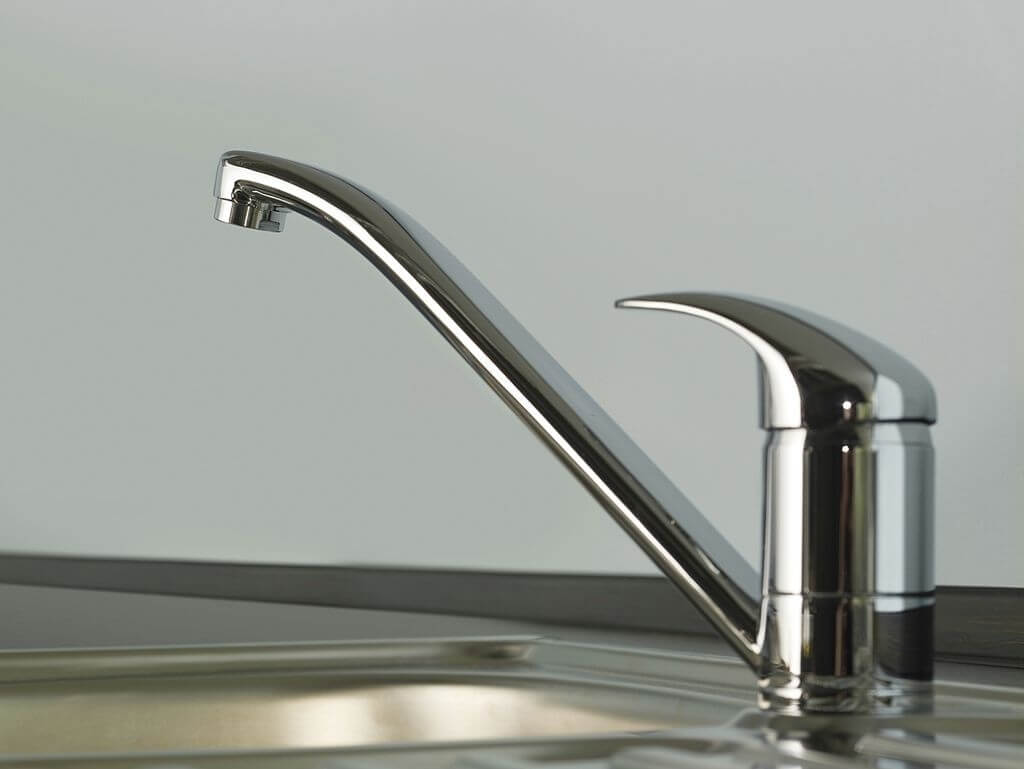

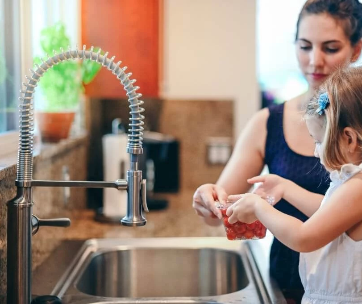

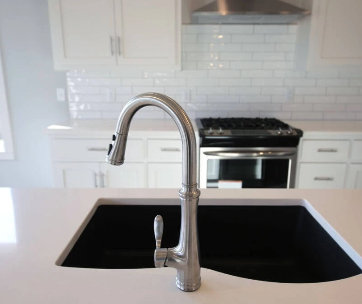
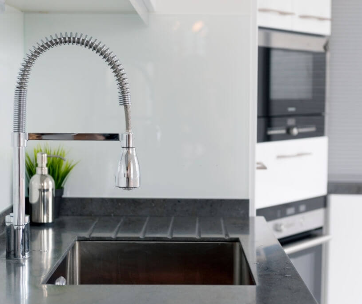

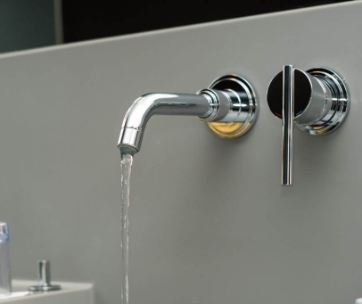
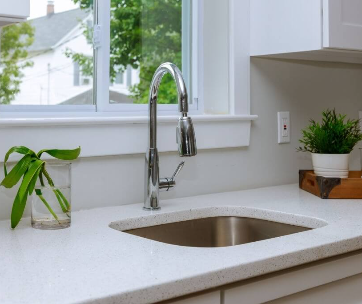
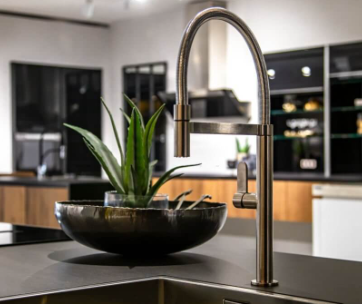
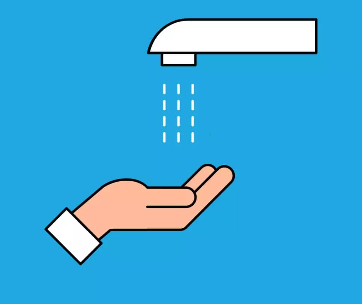
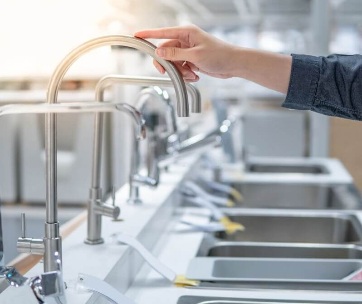

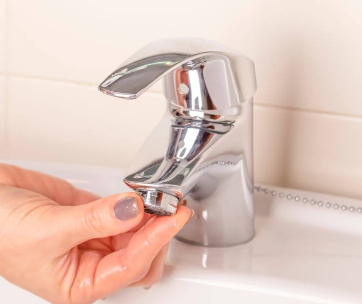
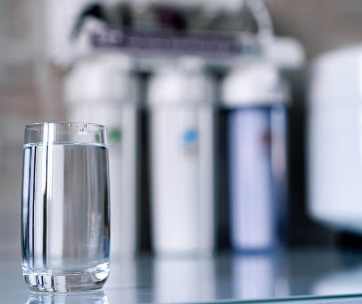
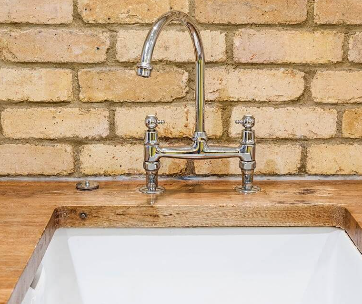
Comments